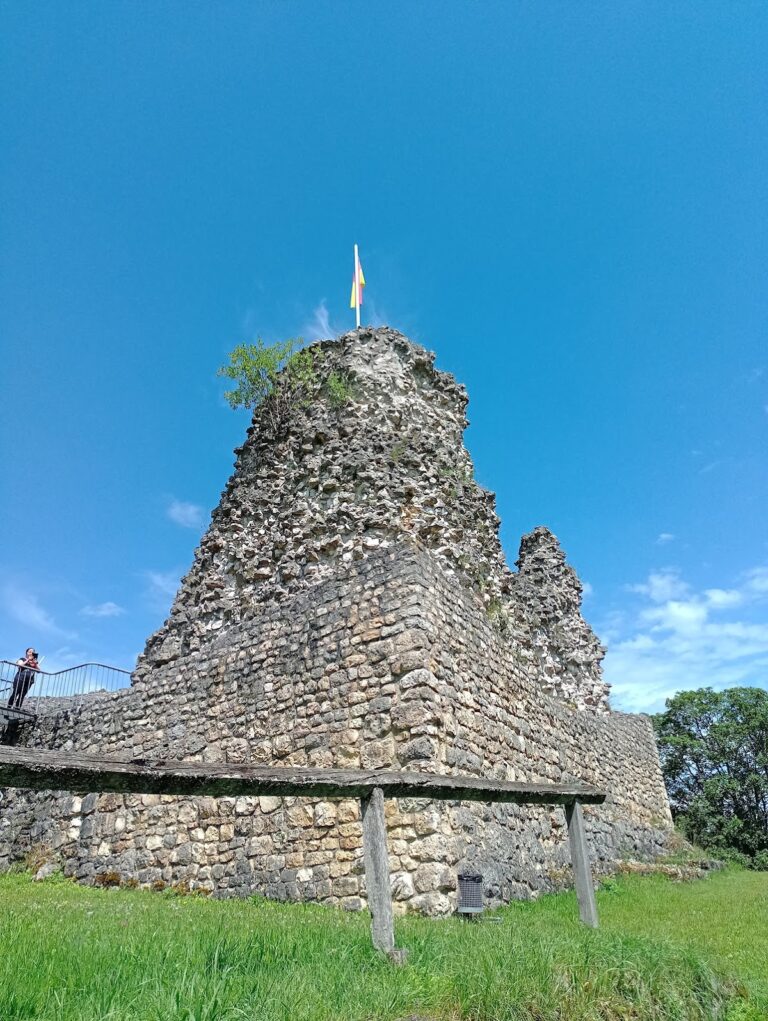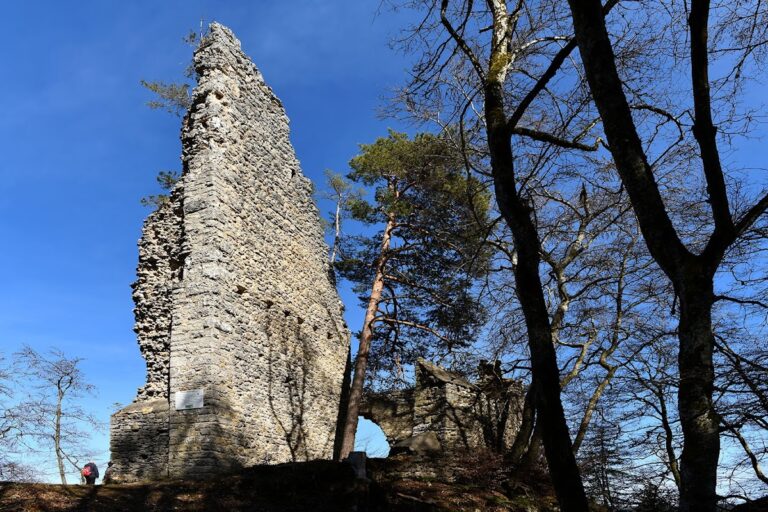Burg Jungnau: A Medieval Castle Ruin in Sigmaringen, Germany
Visitor Information
Google Rating: 4
Popularity: Very Low
Google Maps: View on Google Maps
Country: Germany
Civilization: Unclassified
Remains: Military
History
Burg Jungnau is a hilltop castle ruin located in the village of Jungnau, which is part of the municipality of Sigmaringen in Germany. The castle was built during the medieval period by members of the local nobility.
The earliest record of the castle dates to 1333, when it was owned by the sons of Burkkhard von Jungingen, named Burkhart and Johannes. It was constructed near another fortress known as Burg Schiltau, suggesting that this region held strategic importance for the ruling family. By the early 15th century, the castle came under the possession of the Counts of Werdenberg, reflecting a change in territorial control during this time.
From 1534 until the early 19th century, the site belonged to the Fürstenberg family, one of the prominent noble houses in the area. During their tenure, the castle’s main residential building, known as the palas, was transformed into a more refined palace structure, indicating a shift from a purely defensive role to one that included administrative and residential functions. The castle served as the seat of the Obervogt, or chief bailiff, acting as a regional center for governance under the Fürstenberg administration.
In the mid-19th century, alterations to the castle dramatically changed its appearance and function. In 1842, the upper section of the castle tower was demolished, and two years later, the palace was largely dismantled. After these changes, the site was adapted to civic uses, with a school and town hall constructed nearby. These developments marked the end of the castle’s role as a noble residence.
Remains
The surviving ruins of Burg Jungnau are centered on the bergfried, the main tower of the former castle complex. This tower stands on a rocky hill about 620 meters above sea level and occupies a rectangular base approximately 8.55 by 8.85 meters in size. The bergfried’s walls are notably thick, measuring three meters, underscoring its original defensive purpose. A distinctive feature is the high entrance with a pointed arch located about 12 meters above ground, which was a typical design element to enhance security by restricting access.
Originally, the bergfried included an upper portion made of timber framing with a gabled roof, but this was removed during the demolition activities in the 1840s. Today, the tower remains free-standing and is known locally as the “Kaiser-Wilhelm-Turm” (Emperor William Tower), reflecting a later historical association or commemorative naming.
Adjacent to the tower on its northern side stood the medieval palas, later remodeled into the palace building under the Fürstenberg family. This transformation highlights the adaptation of the space from a fortress to a more comfortable residential structure. Although the palace itself no longer survives, its former location provides insight into the castle’s evolving use.
Nearby, on the spot where the current parsonage building now stands, the granary (referred to as the Fruchtkasten) once existed. Archaeological traces consist of foundation walls with some rusticated ashlar blocks, indicating the structure’s former presence and construction style. These remains offer evidence of the castle’s role not only as a military site but also as an administrative center involved in the collection and storage of agricultural produce.
Together, the bergfried and the foundation remains of the granary form the principal archaeological footprint of Burg Jungnau, illustrating its medieval origins and subsequent adaptations before the 19th-century modifications altered the landscape of the site.







